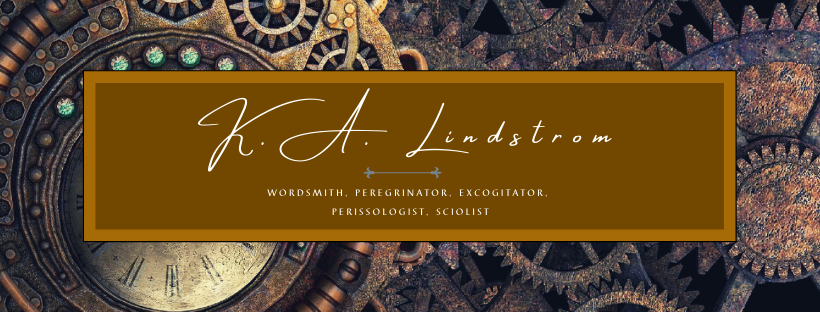“The truth is rarely pure and never simple.”
~Oscar Wilde
The truth is elusive and often distorted by biases and prejudice. To know something is true rarely actually has basis in evidence anymore. We allow the constant noise around us to shape our opinions and distort reality. This is especially true regarding our concepts of other cultures. We see them as caricatures in movies, changed into simple, uncomplicated stereotypes easy for the uneducated audience to grasp. At least until the audience takes the initiative to learn more than what Hollywood wants us to see, and that often comes from travel.
This lesson I learned most profoundly in India. India has retained much of its culture for centuries, changing little with the times. The merging of east and west is evident, but unlike many former colonies, Western influence hasn’t killed the traditional culture.
In the United States, when someone conjures an image of an Indian, they either focus on the Native American culture or on Indian call-centers or convenience store owners. Or sometimes it is of the Victorian image of the exotic Orient. Yet no caricature can prepare you for the reality of India.
It is a magical place. Over-populated, polluted, frequently foul-smelling, and yet inescapably, fascinatingly unique. One thing that stood out to me was how prevalent the image of a swastika was in their art.
In the west, the image of a swastika is closely entwined with Hitler and his Aryan ideal. Yet it is still regarded by Hindu culture as an auspicious sign. It is a strange feeling to recognize the dual meanings of the symbol; hatred and good fortune.
My point being thus; truth is not black and white. Most recognize this in theory, but have a hard time accepting it in reality, myself included. Travel can reveal the changing idea of “truth” by challenging one truth with another–one accepted by another culture, another way of life.
